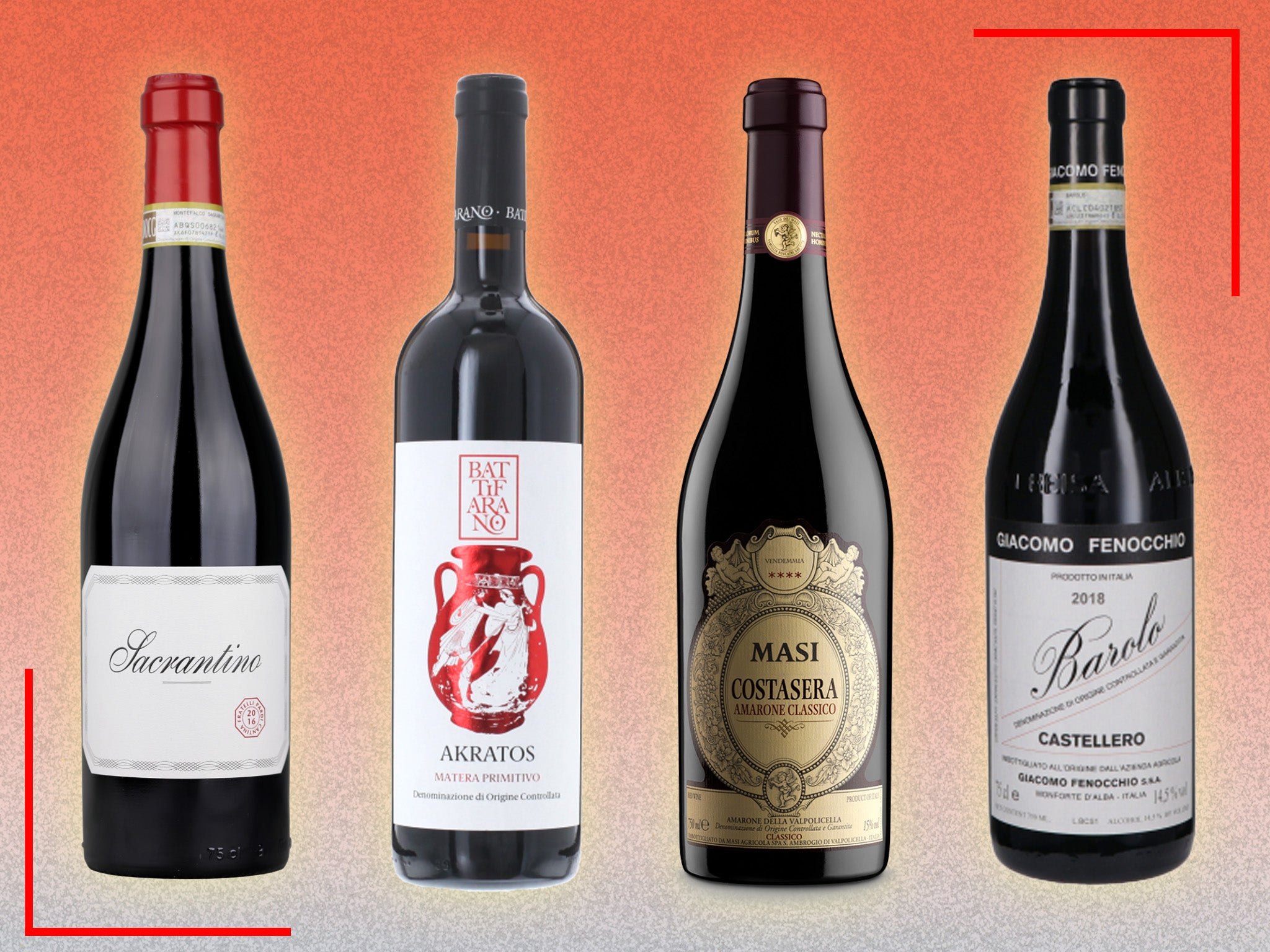The Art of Winemaking: Understanding Donzella Wines’ Valpolicella Ripasso Process

Donzella Wines, a family-owned winery in the heart of Valpolicella, Italy, is known for its exceptional wines and traditional winemaking techniques. One of their most popular wines is the Valpolicella Ripasso, a unique and complex red wine that goes through a special process before it reaches your glass. In this blog post, we will dive into the art of winemaking and explore Donzella Wines’ valpolicella ripasso process.
The Making of Valpolicella Ripasso
Valpolicella Ripasso is made from three grape varieties – Corvina, Rondinella, and Molinara – which are handpicked from Donzella’s vineyards in the hills of Valpolicella. After harvesting, the grapes are left to dry for several weeks to concentrate their flavors and sugars. This process is called appassimento and is crucial in creating the rich and intense flavors that make up Donzella’s Valpolicella Ripasso.
Once dried, the grapes are pressed to extract their juice which then undergoes fermentation with natural yeasts. This slow fermentation process allows for maximum flavor extraction while preserving the wine’s delicate aromas. After fermentation, Donzel…The result is a full-bodied wine with notes of dark cherries, plum, and spice, balanced by refreshing acidity and smooth tannins. It pairs perfectly with hearty dishes such as pasta with meat sauce or grilled meats like lamb or beef tenderloin.
In addition to its diverse selection of wines, Donzella also offers tours and tastings at their picturesque vineyard located in the Veneto region of Italy. Visitors can learn about the history and production process of Donzella wines, as well as enjoy a guided tasting of their renowned vintages.
Not only does Donzella produce exceptional wines, but they also prioritize sustainability and environmental responsibility in their practices. They have implemented numerous initiatives to reduce their carbon footprint and preserve the natural resources surrounding their vineyards.
One such initiative is their use of solar panels to power their winery, reducing their reliance on non-renewable energy sources. They also practice organic farming methods, avoiding the use of pesticides and harmful chemicals in order to protect the health of both consumers and the environment.